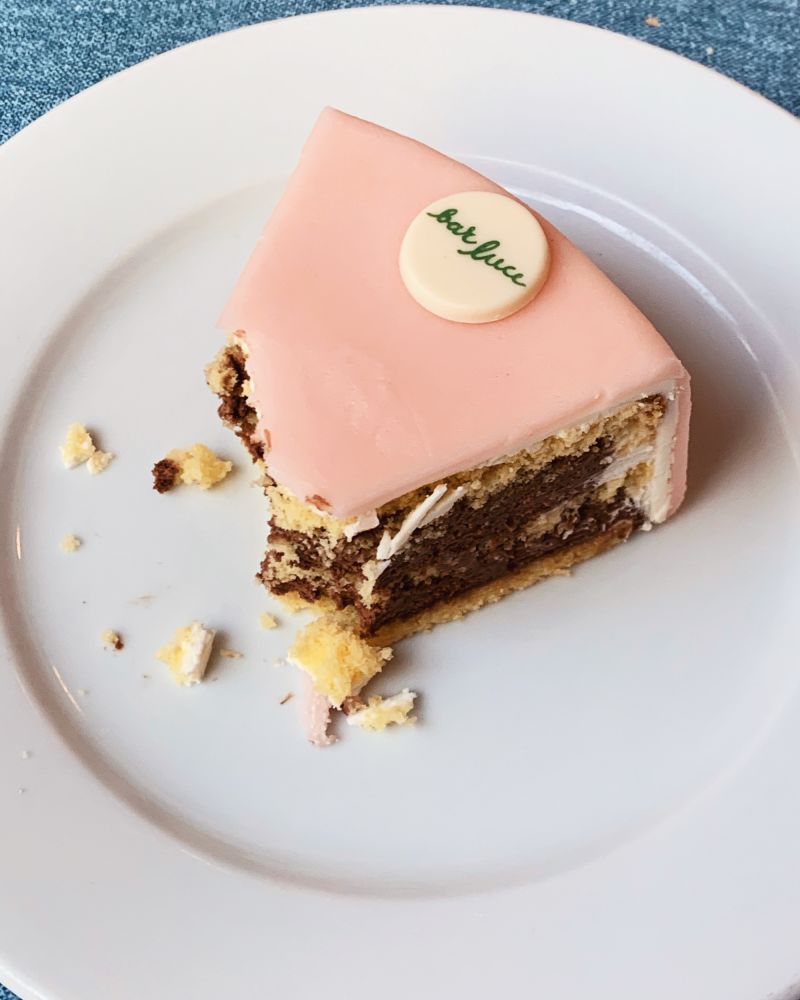
Goodee Presents
The Art of Giving Love
Unique Traditions of Love Around the World
Free Shipping on orders from $175 USD. Exclusions Apply.
Sign-up for our newsletter and receive 15% off your first purchase. *Conditions Apply.
Words by Alexia Jacquot
Photography by Celia Spenard-Ko
Unique Traditions of Love Around the World
Words by Alexia Jacquot
Photography by Celia Spenard-Ko

Love is arguably the most precious gift. Isn’t it, after all, what makes the world go round? Whether it’s a comforting hug from a parent, a handmade gift from a child, or a voice message from a long-distance friend, there is nothing more powerful than love given and love received.
This February, join us as we explore the art of giving love in various cultures around the globe. How it is expressed may be culturally determined — but the heart of love, truly, is in the giving.
Why celebrate love just once a year when you can do it all year round? In South Korea, Valentine's Day is one of twelve 'romantic days' celebrated on the 14th of each month (with a twist since it is women who traditionally give chocolate to their Valentine). More gift-giving occurs on March 14 (White Day) as Valentine's favors are reciprocated. Other celebrations include Music Day, Hug Day, or even Kiss Day. There's also an official day for the uncoupled looking to drown their sorrows in noodles, which some are turning into an empowering celebration of singlehood.
In Europe, Estonia and Finland have opted for an inclusive approach to Valentine’s Day. Officially known as Ystävänpäivä in Finnish and Sõbrapäev in Estonian (both meaning Friend's Day), February 14 is a time to honor all forms of love and recognize the importance of friendships. On that day, families, friends, and couples typically get together for shared meals, gift exchanges, and outdoor activities like skating or sledding. The little ones also get to show they care with handmade cards and presents for their loved ones.
As in Finland and Estonia (or other Latin American countries), February 14 in El Salvador is not exclusive to people in romantic relationships. The fun part? Playing “angelito” (little angel) or “amigo secreto” (secret friend), a gift exchange game akin to Secret Santa. In schools and workplaces across the country, kids and adults alike draw a name out of a hat, and then give their angelito or amigo a sweet gift. This tradition is also popular in Colombia and the Dominican Republic.

For centuries, the Zulu, Xhosa, Sotho, Venda, and Ndebele have used beads to express their love. Young women would craft secret messages in the form of beaded “love letters” for prospective suitors, where each color and pattern were carefully chosen to convey a particular meaning. For instance, white beads symbolize hope, purity, and true love, while blue lets a potential love interest know they would fly through the skies to be with them. When combined, blue and white mean fidelity — a conventional engagement symbol.
While Arabic cultures vary wildly based on country, public displays of affection are generally considered shameful or forbidden (including hand holding or hugging) across the Middle East. Language, however, has served as an outlet to express love for centuries, with poetry holding a special place in Arab culture. Rich with myriad metaphors for describing one’s deepest affections — the Arabic language allegedly has more than 50 words for love — here is a language that takes love to a whole new level.

Alexia is an all-round writer with a multicultural perspective. A serial expat from early childhood, she has developed a strong social and environmental awareness along with a keen interest in world history and cultures. Now Singapore-based, she continues to channel her talents to help make the world a better place.
Be the first to know about events, new content, products, or brands at Goodee.


